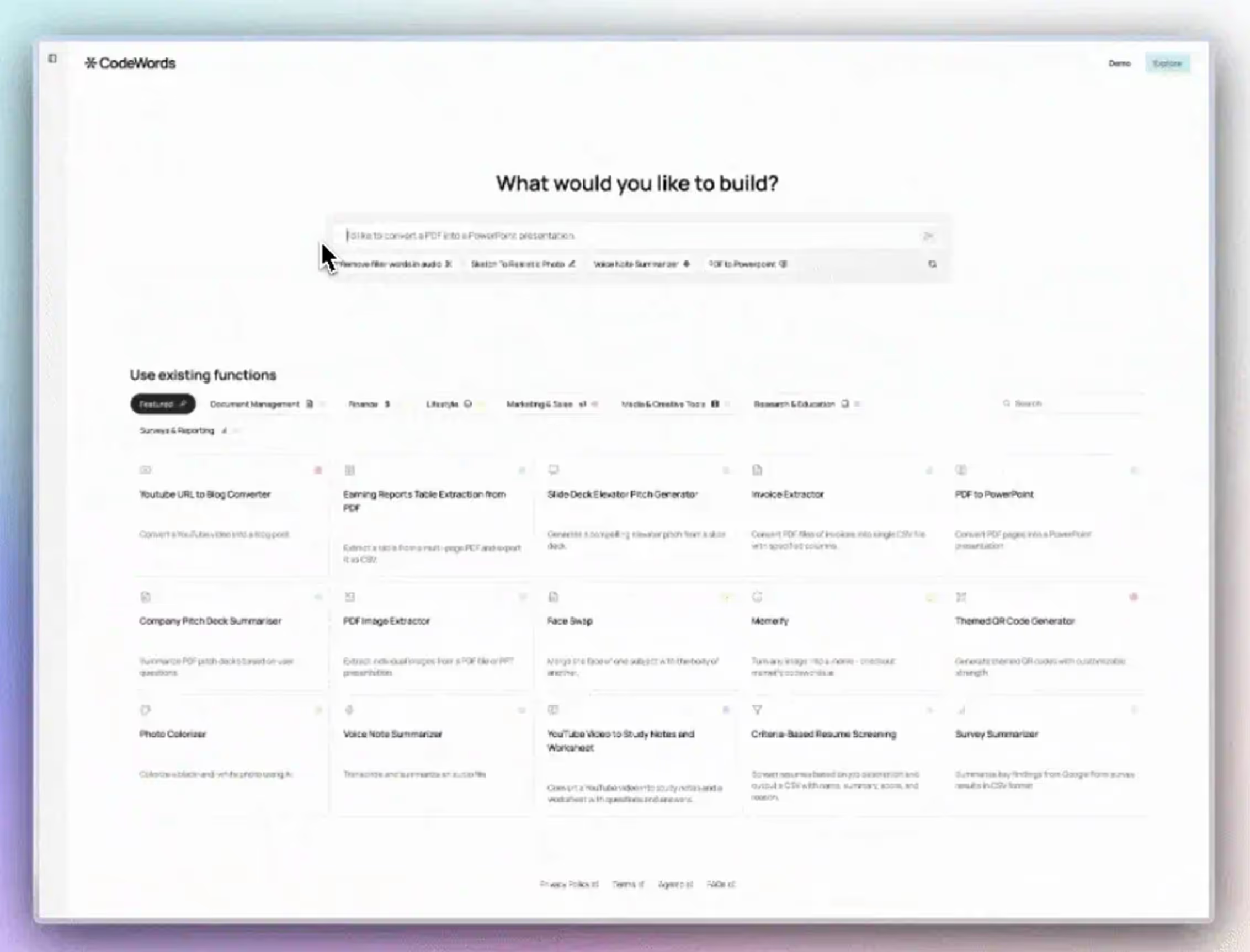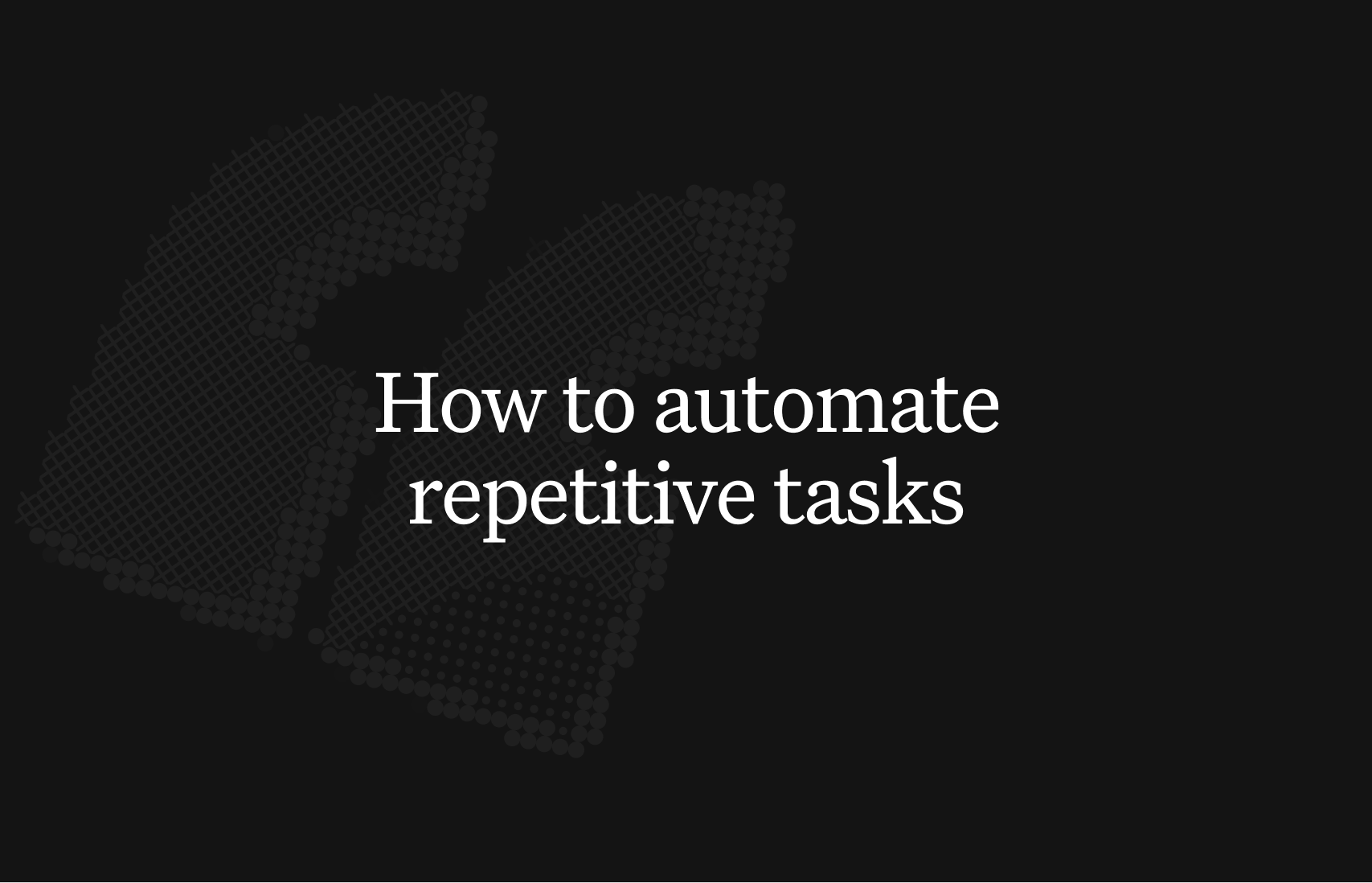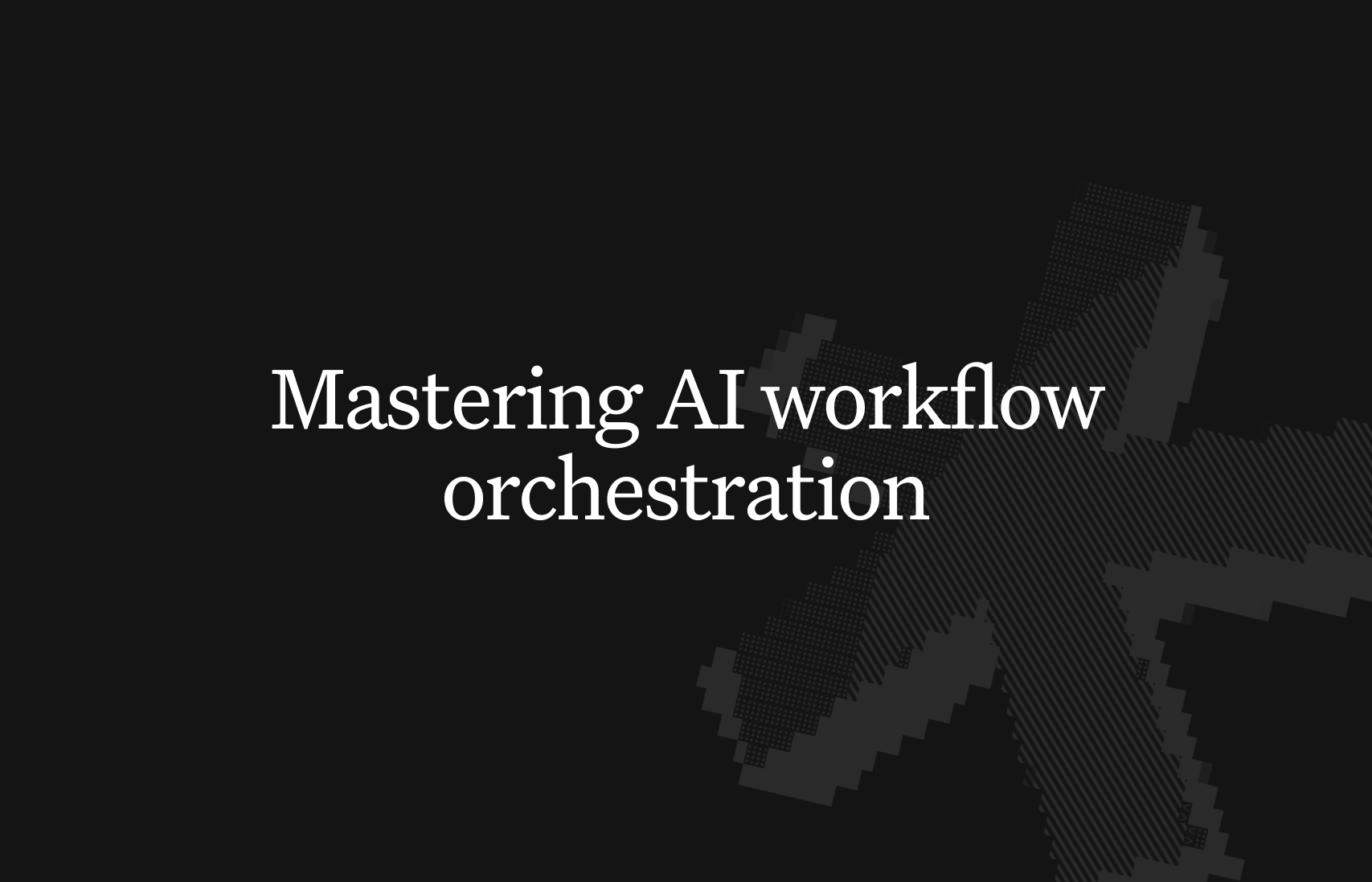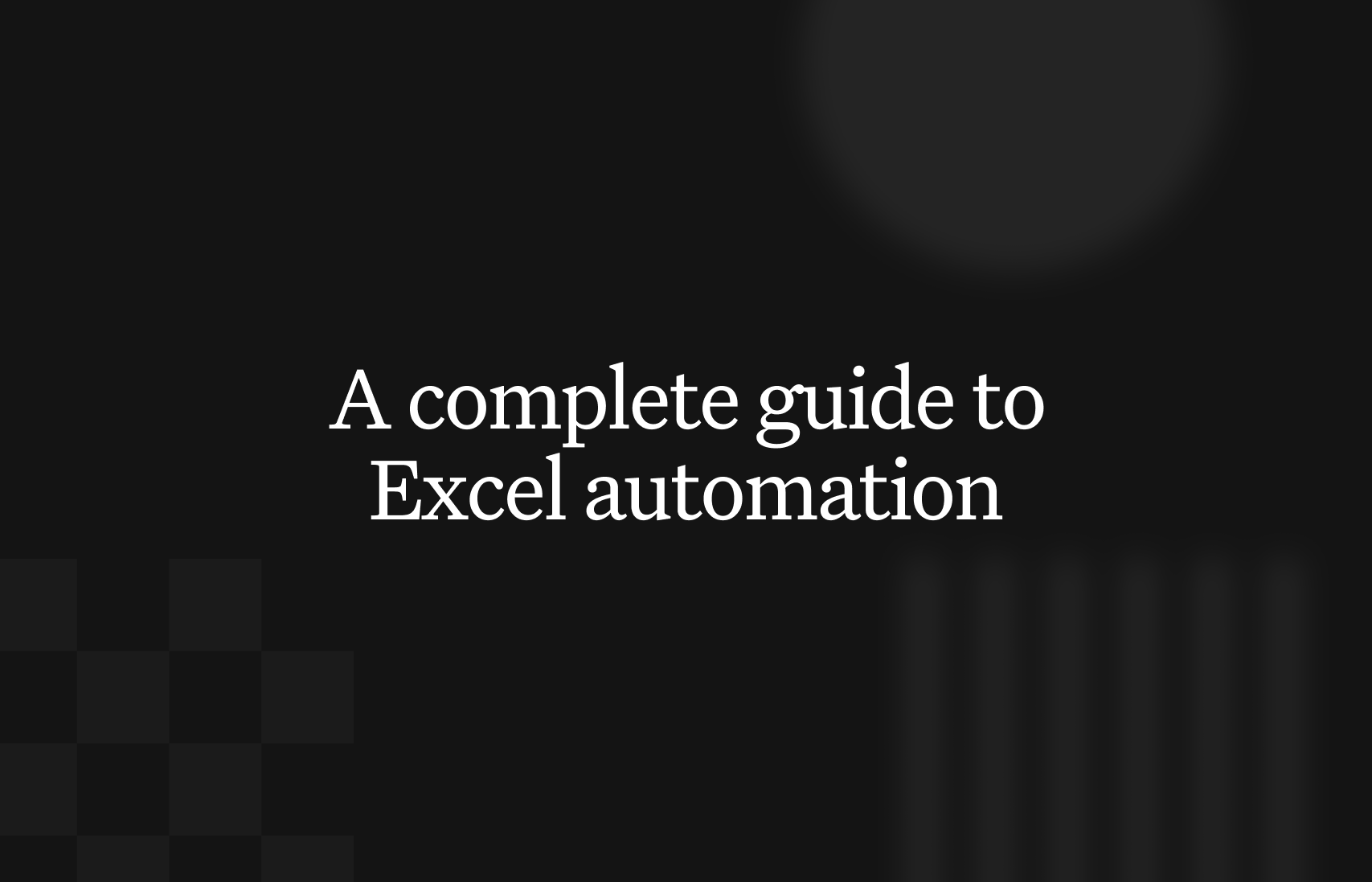Imagine your software stack is a team of brilliant specialists who all speak different languages. An API integration platform is the universal translator and project manager, transforming isolated tools into a cohesive, automated system.
This is the blueprint for constructing workflows that eliminate data silos and accelerate your operations.
The best API integration platform acts as a central nervous system for your business. In Singapore, 64% of operations teams report that disconnected software is their primary bottleneck (Gartner, 2025).
You’re tired of manual data entry and reports that never seem to match. This disconnect creates friction, slows down your teams, and costs you real money. An API integration platform promises to transform that fragmented reality into a single, automated operational fabric, cutting manual data tasks by up to 85%.
Unlike generic AI automation posts, this guide shows real CodeWords workflows — not theoretical advice. We’ll explore the framework for building a truly intelligent, connected business.
TL;DR: The modern API integration platform
- The Integration Platform as a Service (iPaaS) market is projected to grow from USD 15.56 billion in 2025 to USD 80.77 billion by 2033 (Fortune Business Insights).
- Modern platforms are builders' workshops, shifting from simple data pipes to intelligent orchestrators that embed AI directly into workflows.
- The goal is to construct a unified operational system, not just connect a few applications with brittle, point-to-point links.
What is an API integration platform?
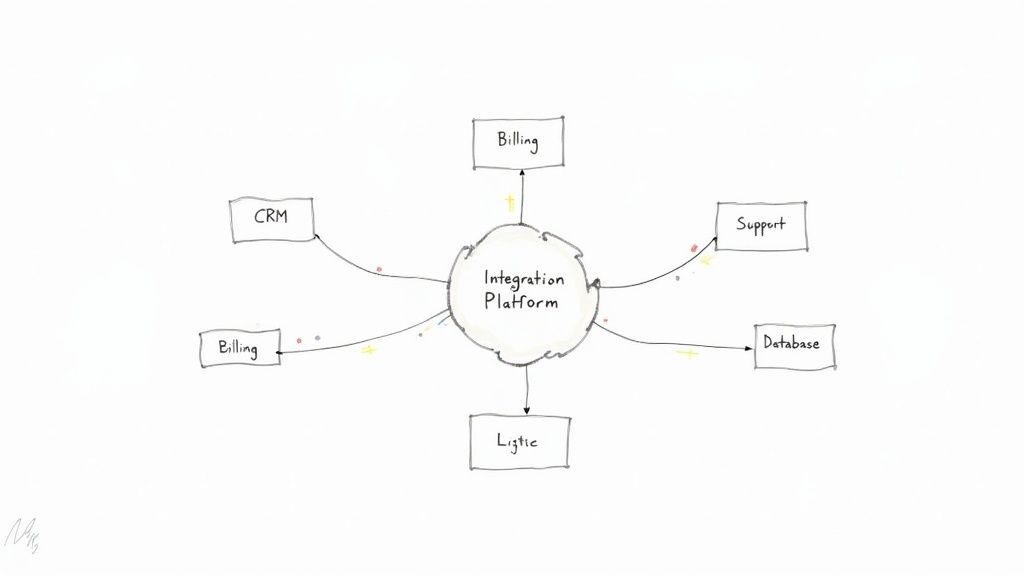
Most businesses operate on a collection of disparate applications. You have a CRM for sales, an ERP for finance, and a suite of marketing tools. Each application holds a piece of the operational puzzle, but they do not naturally speak the same language. This technological fragmentation forces teams into manual data entry, creates conflicting information, and builds workflows that fail to flow. It is a digital traffic jam that slows progress. An API integration platform is the toolkit constructed to clear the road.
Think of it as a neutral workshop where you can connect data from anywhere, reshape it, and send it exactly where it needs to go. It provides the power to build automated workflows that finally bridge the gaps between all your tools.
Here’s the deal: at its heart, the platform is an orchestrator. When a new customer pays through Stripe, an integration can instantly create a record in Salesforce and add them to a welcome sequence in Mailchimp. No one has to lift a finger. This simple act of connection ensures your data is consistent and up-to-date everywhere. It hands repetitive tasks to the machine, freeing your team for more valuable work. Data integration hurdles cause 57% of businesses to miss strategic goals (MuleSoft, 2022).
However, modern platforms are more than just simple trigger-action tools. They are sophisticated environments for building complex, multi-step automations that use conditional logic, transform data, and even weave in AI. You’re not just patching apps together; you're constructing a smart, cohesive fabric for your entire business. By examining a platform's available integrations and connectors, you see how it can act as your central hub. Instead of wrestling with dozens of one-off connections, you get a unified system built to scale.
How does an API integration platform work?
An API integration platform acts as a central workshop for your software — part translator, part architect. It creates a space where different tools can communicate, understand each other's data, and collaborate on complex, automated jobs. This system is designed as a neutral go-between. It handles the technical handshakes between different APIs, manages security, and provides a visual space to map data flows. This means you can finally abandon fragile, custom-coded connections that are difficult to scale.
An API integration platform has three key components working in concert. Each piece has a specific role, but together they enable powerful automation. Understanding them is the first step to seeing how these platforms transform simple actions into impactful workflows.
- Connectors: These are pre-built adaptors for specific apps like Salesforce, Slack, or Google Sheets. They manage authentication and simplify complex API calls into usable steps.
- Workflow Builders: This is your canvas. It is where you design the integration's logic, often with a drag-and-drop interface or a simple chat prompt. You can map multi-step processes and add conditional logic.
- Data Mappers and Transformers: Data from one app rarely fits perfectly into another. Mapping tools let you visually connect fields. You can also apply transformations to reformat data on the fly.
Theory is one thing; real-world application is another. The magic happens when you combine these components to solve a business problem, turning a manual process into an automated workflow. Here’s a practical example.
CodeWords Workflow: New Lead Enrichment and Sync Prompt: When a new lead is created in HubSpot, get the company domain, find the company's description using Clearbit, use AI to write a personalized opening line, then add the lead to a Mailchimp audience with the new data. Output: A new subscriber is added to Mailchimp with custom fields for "Company Description" and "Personalized Opener." Impact: Reduces new lead processing time 100% — from 5 minutes of manual research to zero.
This capability is why the integration platform as a service (iPaaS) market is set to grow from USD 12.87 billion in 2024 to USD 78.28 billion by 2032, a compound annual growth rate of 25.9%. You can find more details on the iPaaS market growth on Fortune Business Insights. The goal is not just connecting apps; it is building a smarter engine for your business.
How do you compare integration architectures?
Choosing an API integration platform is about the philosophy behind it. Every approach, from simple point-to-point links to complex service meshes, offers a different blueprint for how your systems will work together. Get it wrong, and you end up with a fragile setup. Get it right, and you have a solid foundation for growth.
Most believe that more integrations start with complex planning. The opposite is true. Most efforts start small, with direct, point-to-point connections. An engineer writes code to link two apps, solving one problem. It is a quick fix, but it spirals out of control. Each new tool needs another custom bridge, creating "spaghetti architecture" — a tangled mess that is impossible to scale.
That’s not the full story.
This brings us to the modern solution: the integration platform as a service, or iPaaS. An iPaaS works like a distributed nervous system. It provides a standard framework, pre-built connectors, and management tools that allow for more flexible integrations. The model is designed to hide the low-level details of individual APIs, letting you focus on workflow logic.

Even within the iPaaS model, there are different ways to build. The choice between no-code, low-code, and traditional coding depends on your team's skills, complexity, and speed requirements. A 2023 survey from Mendix found that 77% of enterprises already use low-code platforms, showing a shift away from relying only on traditional development. This hybrid strategy lets teams use the right tool for the job. You can see how different platforms fit into this spectrum by checking out our guide on the best Zapier alternatives.
AttributeNo-Code AutomationLow-Code PlatformsTraditional CodeRequired SkillBusiness logic & domain expertiseSome coding & designDeep programmingDevelopment SpeedMinutes–hoursDays–weeksWeeks–monthsFlexibilityHigh in ecosystemVery high with codeNear-infiniteIdeal UserOperators, foundersAnalysts, ITEngineersBest ForRapid prototypingCustom internal toolsCore products
Methodology Note: Attributes are based on typical platform capabilities and intended user personas.
Ultimately, picking an approach comes down to finding what works for your team. The right model removes friction and helps your business automate at a faster pace.
What are the primary business use cases?
An API integration platform is a technical blueprint. Its value emerges when it solves tangible business problems. Think of these platforms as architects of operational efficiency, turning abstract connections into gains across every department. Businesses do not invest in integration for its own sake. They do it to accelerate revenue, create a single view of the customer, and eliminate manual work.
Automating the lead-to-cash cycle is one of the most powerful applications. This process often involves multiple teams and systems — CRM, billing, accounting — in a mess of manual handoffs. An integration platform can orchestrate this entire sequence. For example, when a sales rep marks a deal as "Closed-Won" in Salesforce, an automated workflow can:
- Generate an invoice in Stripe.
- Create a new customer record in QuickBooks Online.
- Notify the finance team in a Slack channel.
This connected workflow eliminates the lag between closing a deal and getting paid, improving cash flow. Companies lose up to 30% of their revenue each year from inefficiencies (IDC, 2022).
Another key use case is creating a unified 360-degree customer view. Customer data is often scattered across support tickets in Zendesk, live chats in Intercom, and product usage data in Mixpanel. An API integration platform unifies this data by pulling interactions into a central location. Imagine a support agent seeing a customer's entire history on one screen. That context leads to faster, more personal support.
That’s where things get interesting.
Modern platforms are more than data plumbing; they integrate AI capabilities directly into workflows. This enables smarter automations that can analyze data and make decisions.
CodeWords Workflow: Automated Feedback Sentiment Analysis Prompt: When a new ticket is closed in Zendesk, send the conversation text to an AI model to analyze its sentiment. If the sentiment is negative, create a new issue in Linear with a summary and tag the product manager. Output: A new, detailed bug report or feature request is automatically created in Linear and assigned to the right person. Impact: The product feedback loop shrinks from days to minutes. A process that once required manual triage now happens instantly.
How do you choose the right platform?

Selecting an API integration platform is a foundational decision that impacts your entire company. The right choice can be a catalyst for speed and intelligence. The wrong one becomes a technical anchor. The global API management market is projected to grow from USD 6.63 billion in 2024 to USD 51.11 billion by 2033, according to the API market growth from IMARC Group. This growth creates noise, making a structured approach essential.
First, evaluate the connector library's depth. The common myth is that a larger number of connectors is always better. The reality is that a massive list can hide a lack of depth, offering only shallow, trigger-based actions.
Here’s why that matters. Focus on the quality of connectors for your most critical tools. A platform with deep integrations for your Salesforce, HubSpot, and Stripe stack is more valuable than one with surface-level connections for a thousand apps you will never use. A platform with fewer, but more powerful, connectors provides a stronger foundation.
Second, prioritize scalability and performance. Your automation needs will grow, and the platform must grow with them. You might think any cloud platform can scale, but the underlying architecture is what counts. Ask potential vendors about their concurrency limits, task execution speed, and how they manage API rate limits. A platform that intelligently manages queues and retries failed tasks is built for the long term. Look for platforms that offer isolated environments for development and production.
Third, scrutinize security and compliance. Your integration platform becomes the nervous system for your company's sensitive data. Security cannot be an afterthought. Non-negotiables include SOC 2 Type II certification. For any business in Europe, GDPR compliance is just as critical. These certifications are proof of rigorous, independent audits.
Finally, look for AI-native capabilities. The future of automation is intelligent orchestration, where AI models are a core part of the platform's logic. An AI-native API integration platform allows you to build workflows that can reason, analyze, and act. This shifts automation from basic "if this, then that" rules to sophisticated processes, such as analyzing customer feedback sentiment or drafting personalized emails. Choosing a platform with these capabilities is the clearest way to future-proof your investment.
What are the implications for AI-driven automation?

The conversation around the API integration platform is shifting. For years, the goal was simple connection — making App A talk to App B. It was digital plumbing, a necessary but unexciting task of moving data.
That era is over.
Modern platforms are evolving into the strategic brains of a business. It is no longer about simply connecting systems; it is about conducting a symphony of intelligent agents that can think, act, and automate complex tasks. This is where real operational efficiency is heading, built on a solid integration backbone. The next wave of automation is not about simple triggers. It is about constructing sophisticated workflows where AI models are active participants.
Instead of just syncing a new customer to a CRM, an intelligent workflow can now determine the customer's industry, draft a personalized welcome email, and schedule a follow-up based on their likely needs. This shift transforms the platform from a passive data mover into an active command center. It becomes the workshop where you build and deploy autonomous agents. The global API integration platform market on Research and Markets was valued at USD 6.34 billion in 2024 and is expected to reach USD 24.69 billion by 2032, growing at a CAGR of 18.5%.
Adopting this new model means moving from rigid rules to flexible, AI-powered logic. Companies making this shift are not just automating old processes. They are building the capability to handle future challenges. The platform becomes less about managing integrations and more about deploying intelligence. You can explore this transition in our overview of AI workflow automation tools. The true worth of an API integration platform is now measured by its ability to orchestrate tools into a smart, cohesive system — the foundation for a business that can learn, adapt, and act with agility.
Frequently asked questions
What is the difference between an API integration platform and iPaaS?
Think of API integration platforms as the broad category for all tools connecting software. iPaaS, or Integration Platform as a Service, is the modern, cloud-based version. Nearly all platforms today are iPaaS.
How long does it take to set up an integration?
From a few minutes for a simple, pre-built connection to a few hours for a complex workflow with custom rules. This is a significant improvement over the weeks or months required for custom coding.
Are my company secrets safe on these platforms?
Yes, on top-tier platforms. They use end-to-end encryption and offer precise access controls. Always check for key compliance certifications like SOC 2 Type II and GDPR before committing to a platform.
What if a connector for my specific software does not exist?
This is not a dealbreaker. Most advanced platforms offer a generic HTTP or webhook connector to connect to any application with a REST API. Some also provide a developer SDK to build your own custom integrations.
The implication is clear: the businesses that thrive will be those that construct intelligent, automated systems. An API integration platform is the workshop for that construction.


